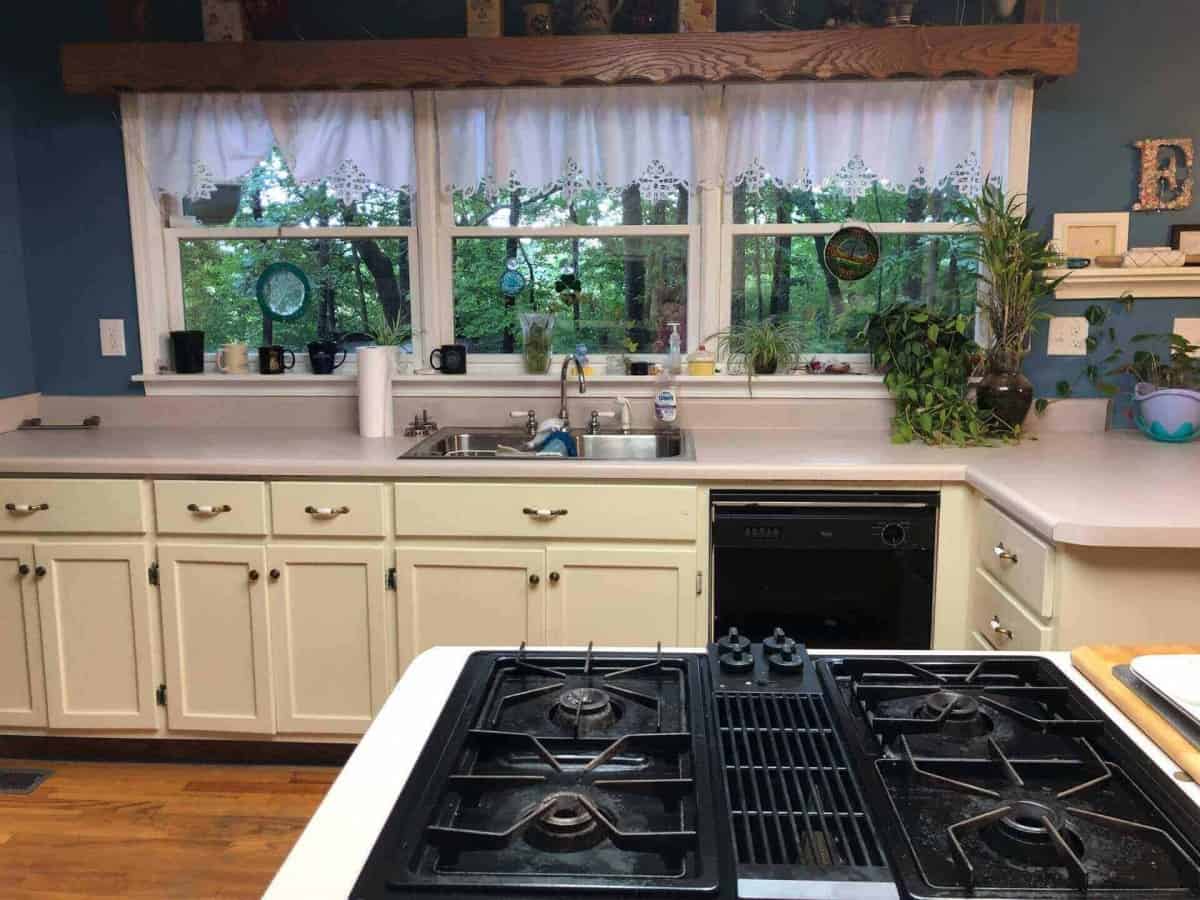When learning Spanish, one of the most common issues for new speakers is to talk or have a conversation about daily activities with specialized topics or vocabulary such as being in the kitchen or referring to the utensils you can find there. So in this article, we compiled a list of Spanish vocabulary for the kitchen.
In order to make this easier for you, we have split the vocabulary into three main sections. The first one contains a list of utensils and appliances that you can find in the kitchen. In the second part, you’ll find some verbs that can be useful to describe your actions and activities in this room.
Finally, in section three, we bring this all together…
Since we understand that the most important thing for you is to start applying this kitchen vocabulary in real conversations, we dedicated a full section to show you some examples focused on using kitchen vocab. In this part, you will also find some useful phrases and structures that will give you some immediate guidance about how to ask questions and how to describe your activities in the kitchen.
Spanish vocabulary for kitchen utensils and appliances
In this section, you will find a list of nouns that you can use to talk about kitchen utensils and appliances in Spanish. Since knowing if a noun is feminine or masculine can be hard for new Spanish learners, we included definite articles to help you know the gender or number of each noun. Remember:
- La – Singular, feminine noun
- El – Singular, masculine noun
- Las – Plural, feminine noun
- Los – Plural, masculine noun
Categories of Kitchen Appliances, Utensils & Tools
| Image | English | Spanish |
 | Appliances | Los electrodomésticos |
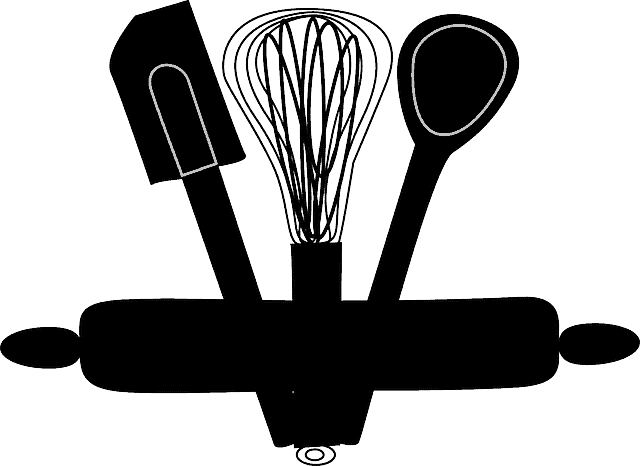 | Bakeware | Los utensilios para el horno |
 | Cookware | Los utensilios de cocina |
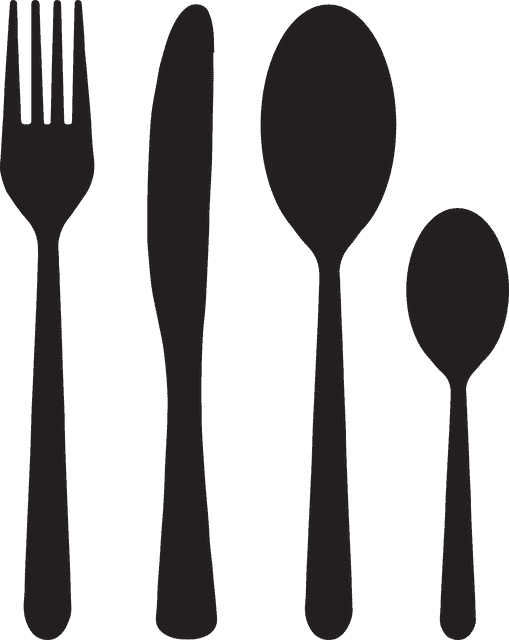 | Cutlery | Los cubiertos |
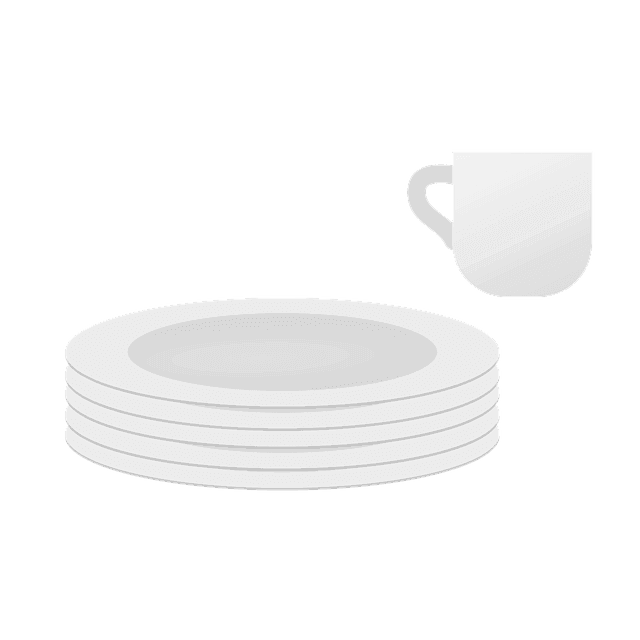 | Dishware / Dinnerware | La vajilla |
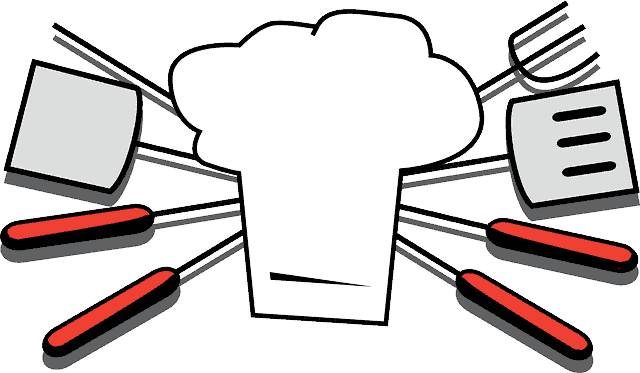 | Grilling | La parrilla |
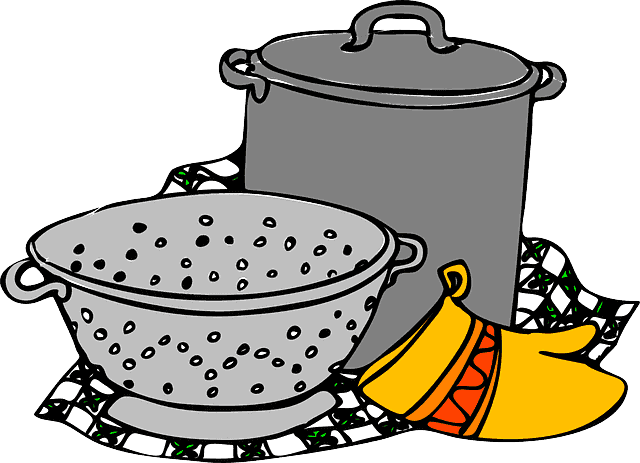 | Utensils | Los utensilios para el horno |
Kitchen Appliances in Spanish
| Image | English | Spanish |
 | Blender | La licuadora |
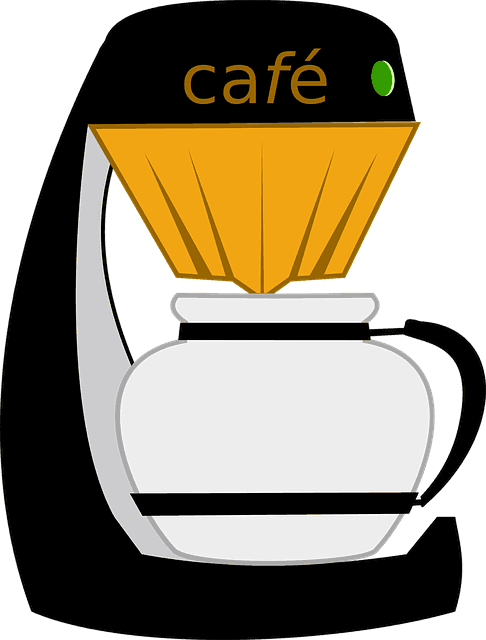 | Coffee maker / Coffee pot | La cafetera |
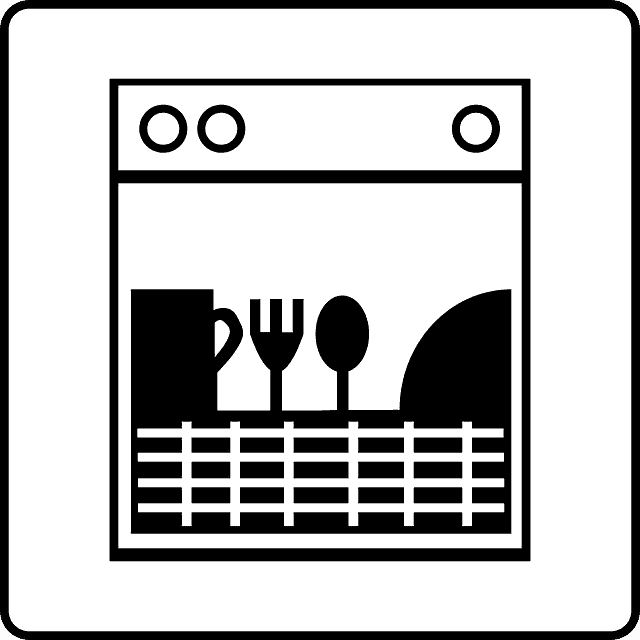 | Dishwasher | El lavavajillas |
 | Food processor | El procesador de alimentos |
 | Freezer | El congelador |
 | Fridge | El refrigerador/La nevera |
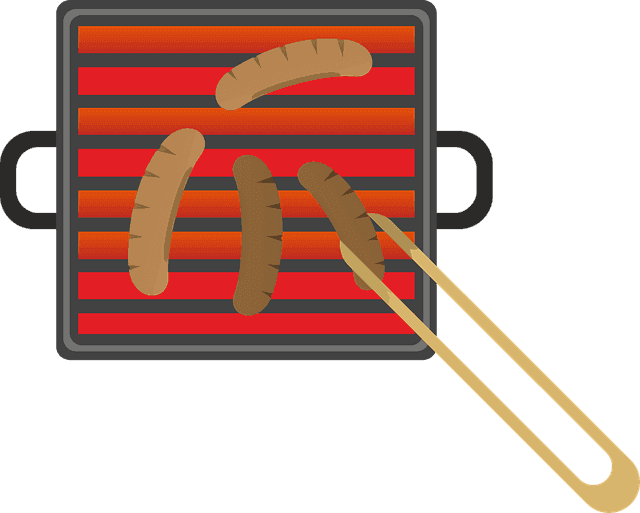 | Grill | La parrilla |
 | Hand Mixer / Beater / Whisker | La batidora |
 | Microwave | El horno de microondas |
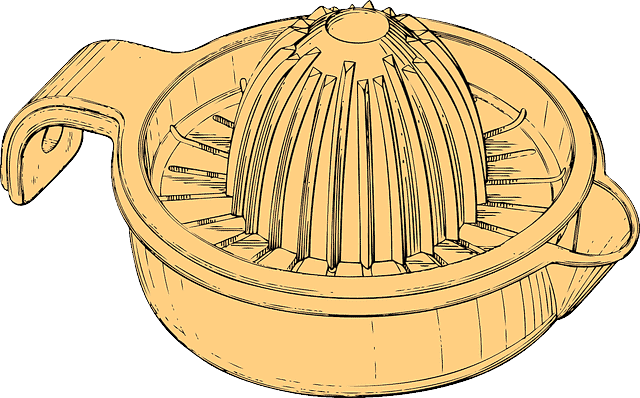 | Orange juicer | El extractor |
 | Oven | El horno |
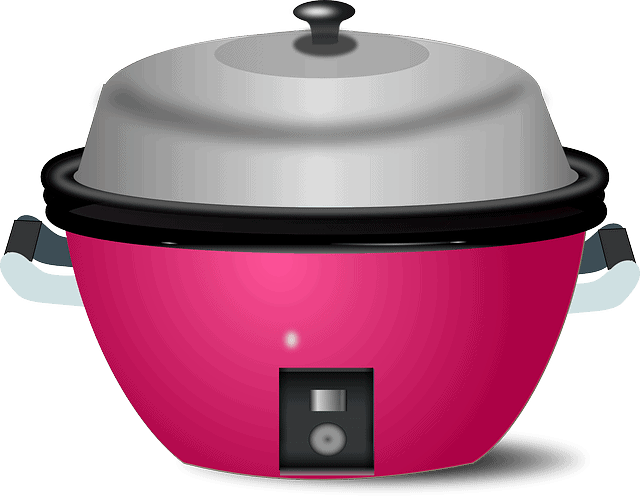 | Rice maker | La arrocera |
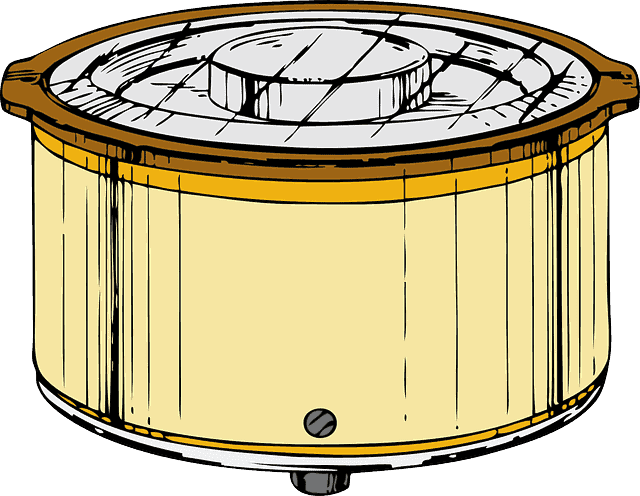 | Slow cooker | La olla de cocción lenta |
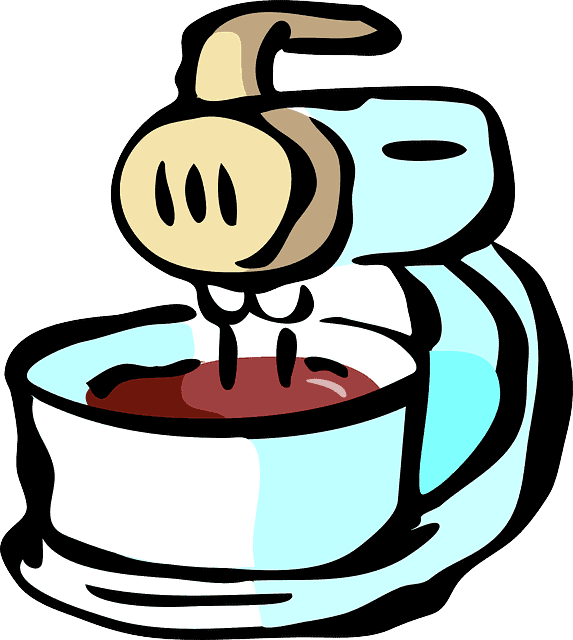 | Stand mixer / Electric Mixer | La batidora de pedestal |
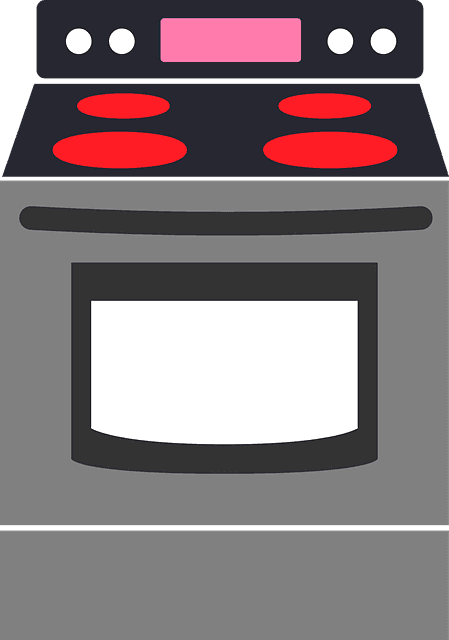 | Stove | La estufa |
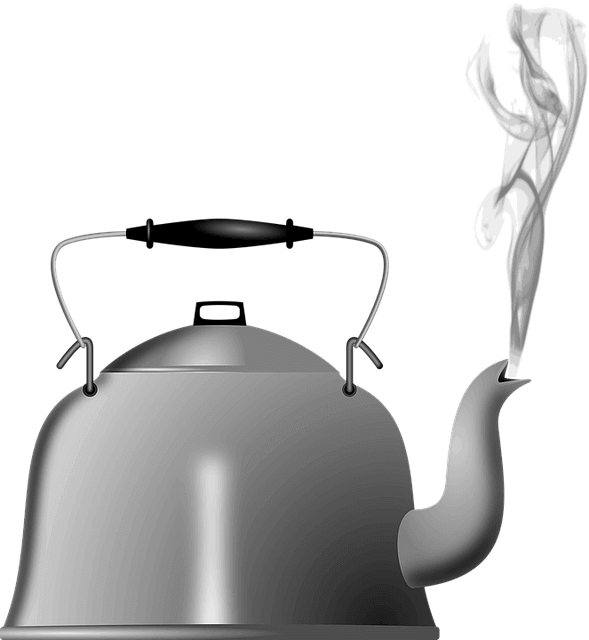 | Tea Kettle | La tetera |
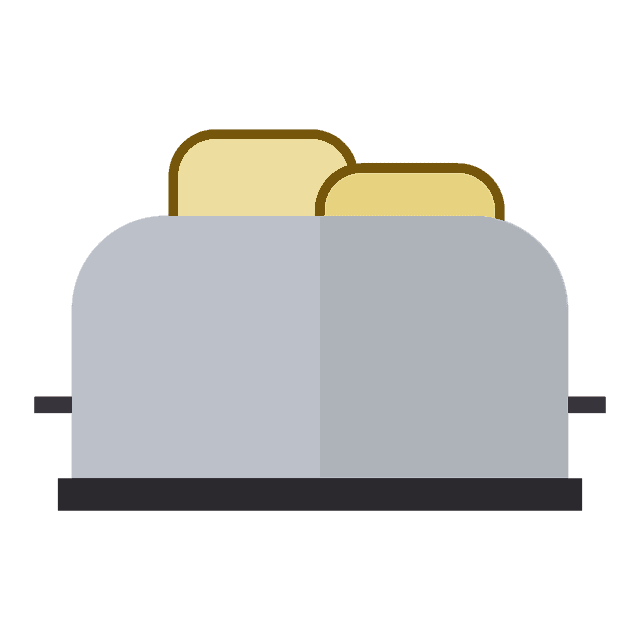 | Toaster | La tostadora |
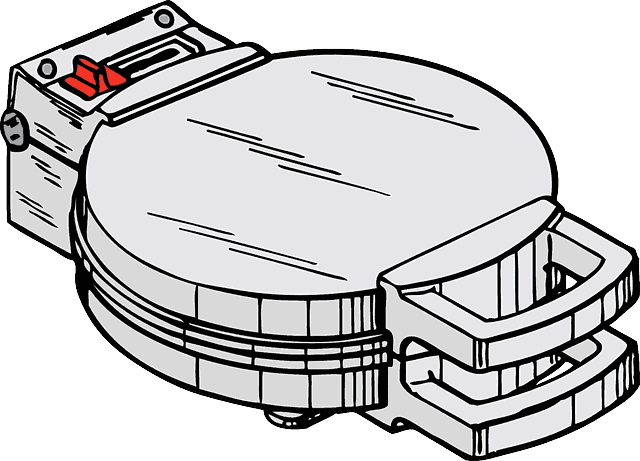 | Waffle maker | La waflera / La gofrera |
Kitchen Utensils in Spanish
| Image | English | Spanish |
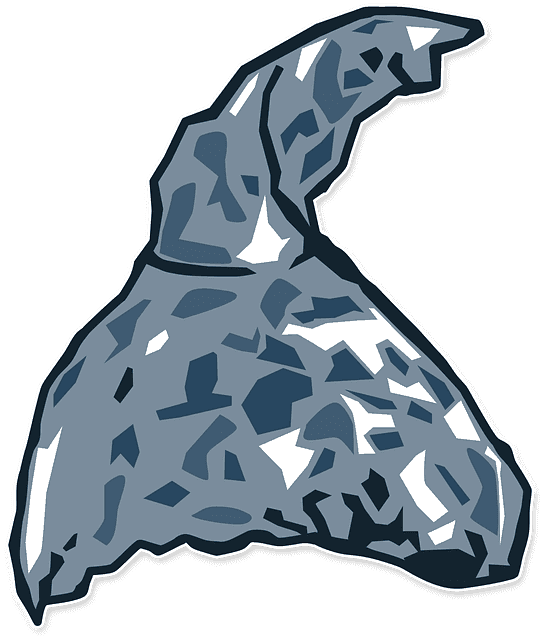 | Aluminum foil | El papel aluminio |
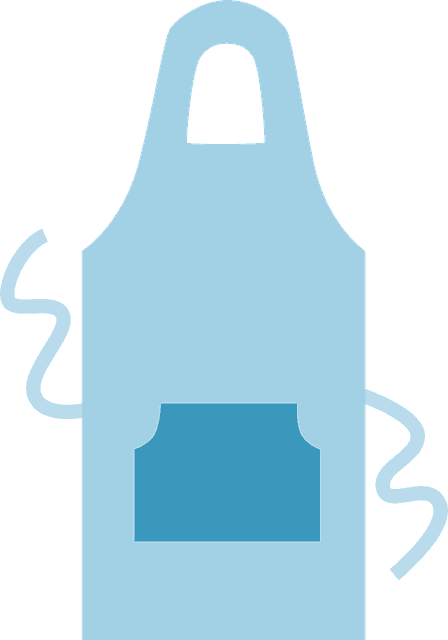 | Apron | El mandil/El delantal |
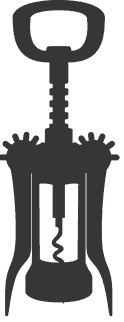 | Bottle opener | El destapador |
 | Bowl | El cuenco / El bol |
 | Bread pan / Baking pan | El molde para pan |
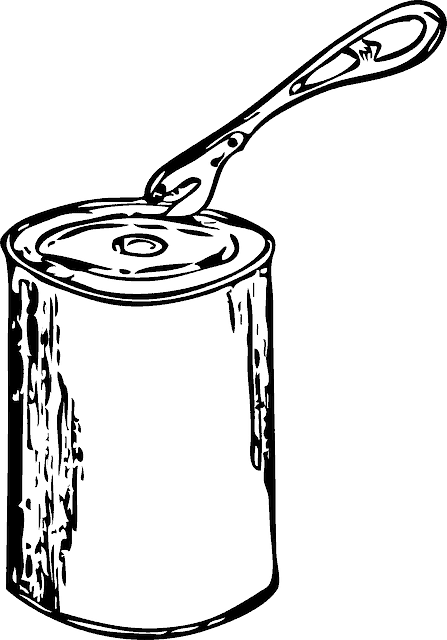 | Can opener | El abrelatas |
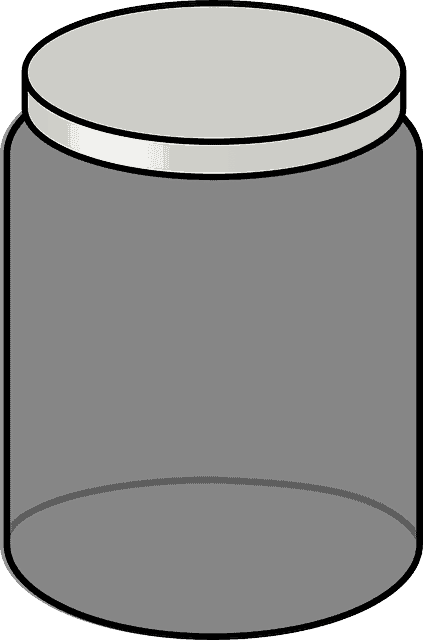 | Container | El contenedor |
 | Cooling rack | La rejilla de enfriamiento |
 | Corkscrew | El sacacorchos |
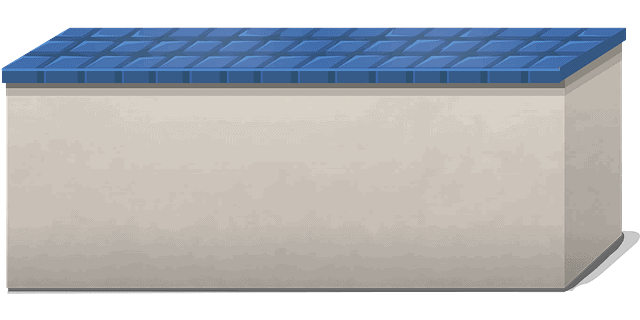 | Counter / Countertop | La barra |
 | Cup | La taza |
 | Cup / Glass | El vaso |
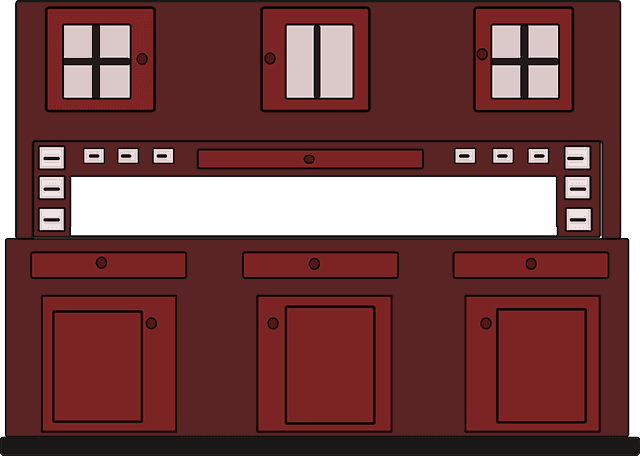 | Cupboard | La alacena / La despensa |
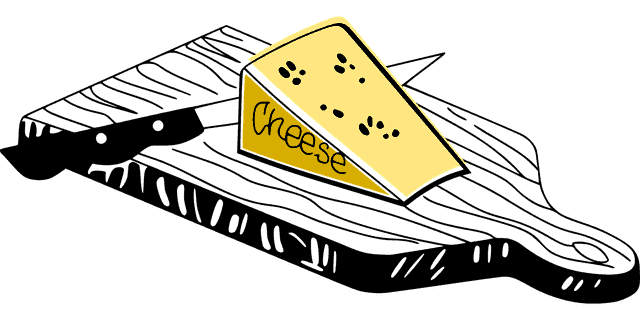 | Cutting board | La tabla de cortar |
 | Dish Drainer / Dish Rack | El escurreplatos / El escurridor |
 | Dishes | Los trastes |
 | Fork | El tenedor |
 | Glass | La copa |
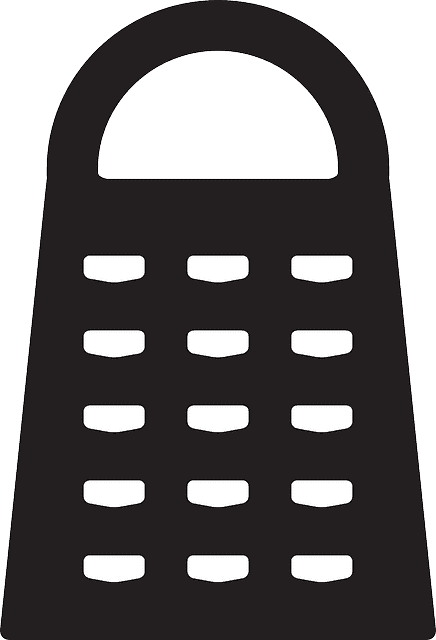 | Grater | El rallador |
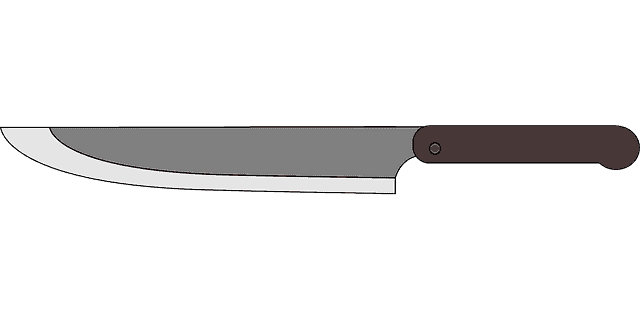 | Knife | El cuchillo |
 | Knife set | El juego de cuchillos |
 | Ladle | El cucharón |
 | Masher | El apachurrador / El pisapure |
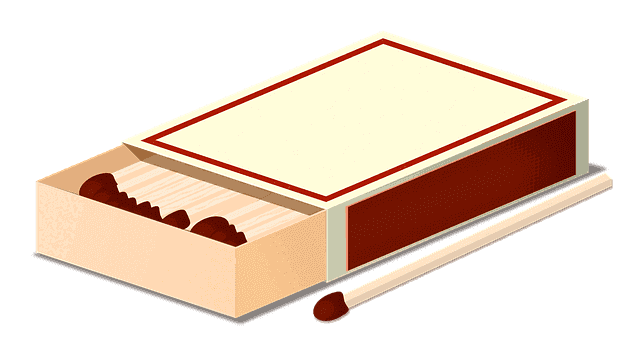 | Matches | Los cerillos |
 | Measuring cup | La taza medidora |
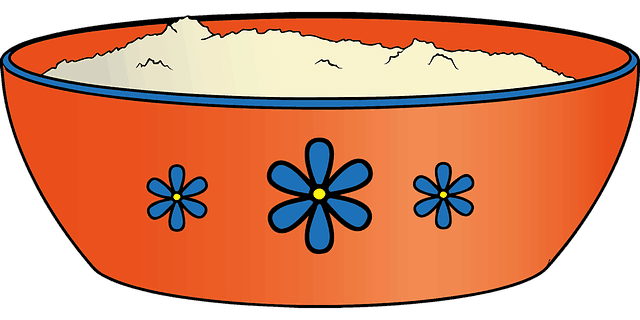 | Mixing bowl | El cuenco para mezclar |
 | Mold / Cake pan | El molde |
 | Oven mitts | Los guantes de cocina |
 | Pan / Frying pan | El sartén |
| Peeler | El pelador | |
 | Plate | El plato |
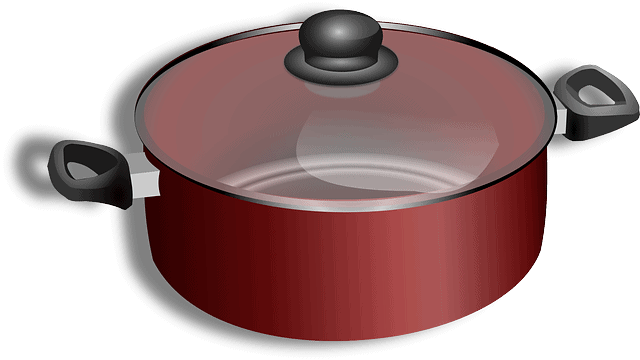 | Pot / Saucepan | La olla |
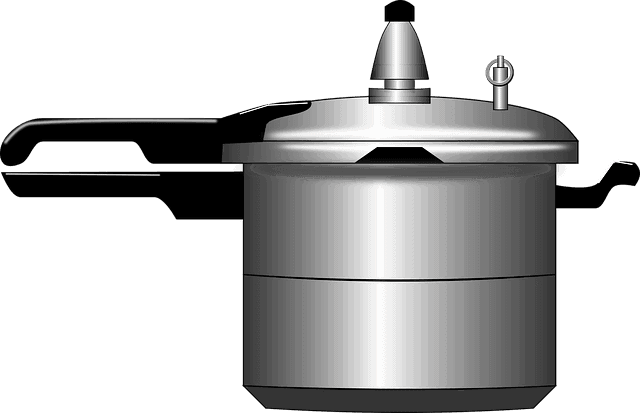 | Pressure cooker | La olla de presión |
 | Rolling pin | El rodillo |
 | Scale | La balanza |
 | Shelf | El anaquel / El estante |
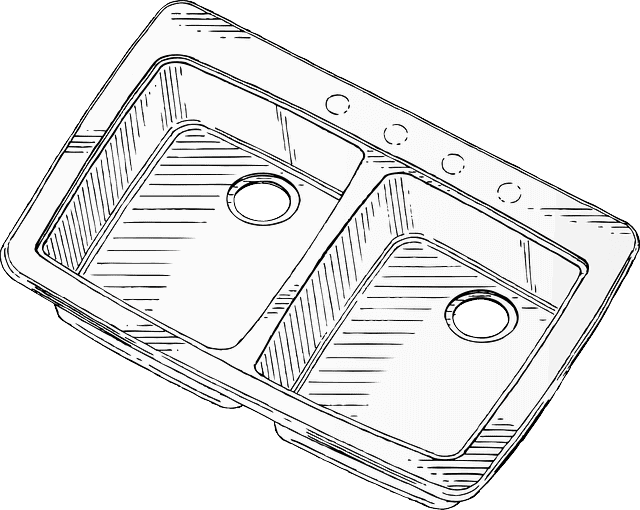 | Sink | El lavabo / El fregadero |
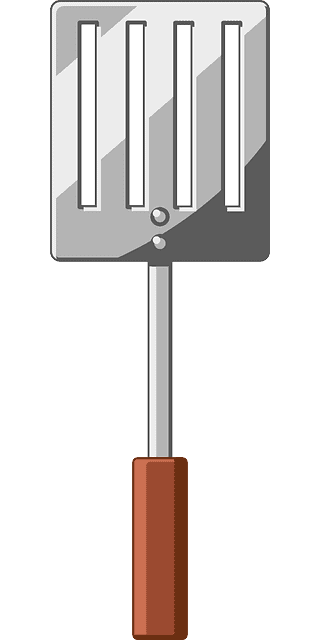 | Spatula | La espátula |
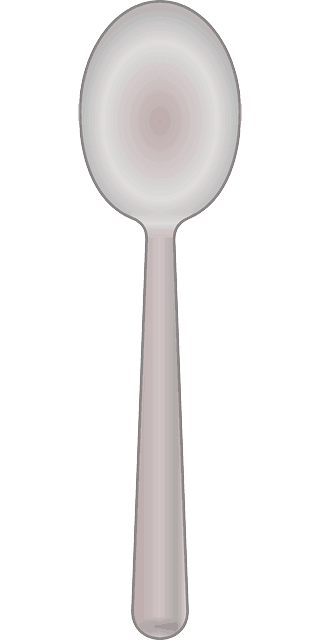 | Spoon | La cuchara |
 | Squeezer | El exprimidor |
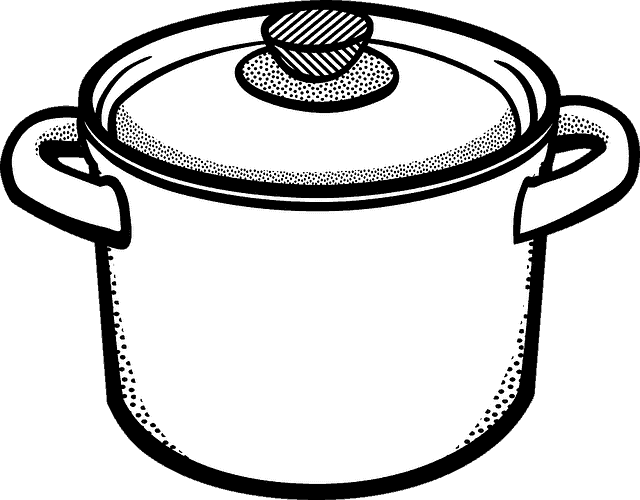 | Steamer | La vaporera |
 | Stool | El taburete |
 | Stove burners | Los quemadores |
 | Strainer / Colander | El colador |
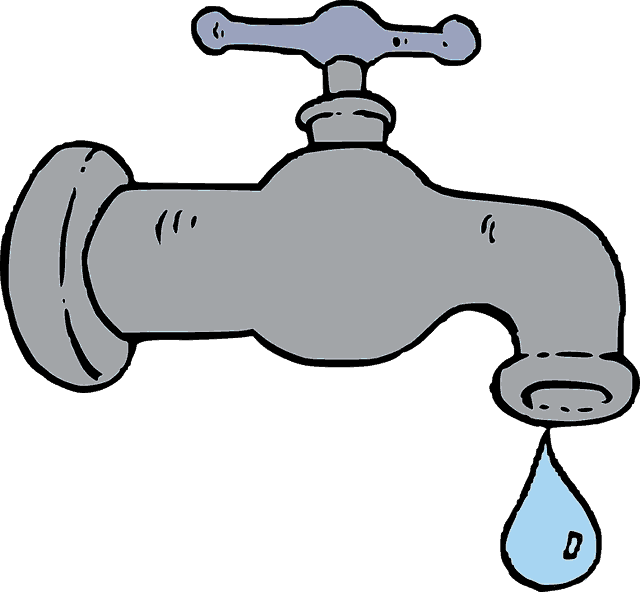 | Tap / Faucet | La llave / El grifo |
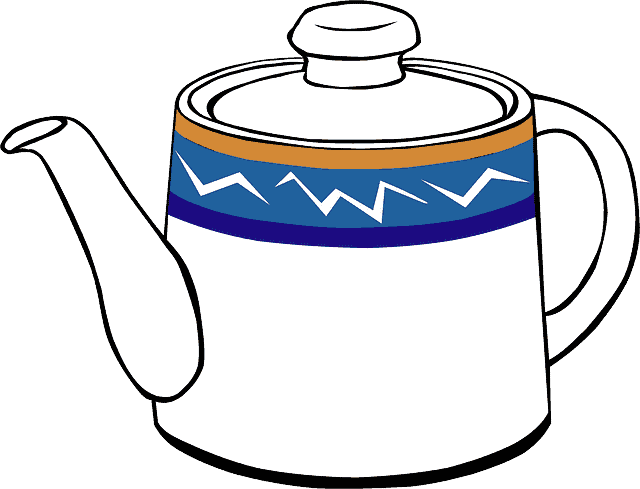 | Teapot | La tetera |
 | Teaspoon | Una cucharita / Una cucharilla |
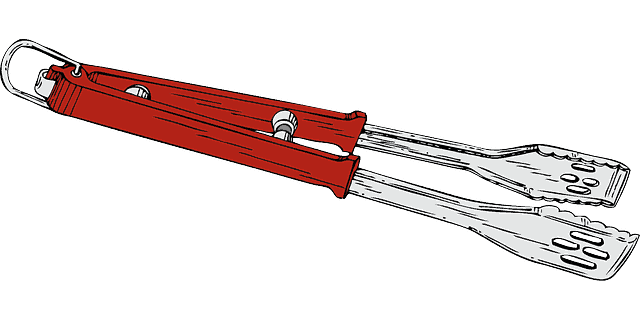 | Tongs | Las pinzas/Las tenazas |
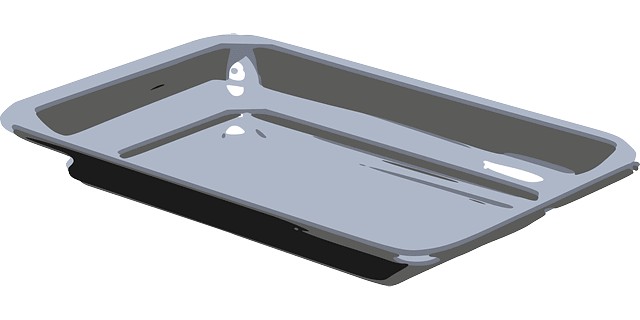 | Tray | La bandeja / La Charola |
Common Spanish Verbs that you Need in the Kitchen
Here is a list with verbs that we use when talking about actions or activities in the kitchen. Be aware that in some instances you may find some synonyms. This is because in some Spanish speaking countries they may have a preference for one word instead of the other. However, this vocabulary is not specific to one country. As a result, you may use all words.
| English | Spanish |
| To add | Agregar |
| To beat / To whip | Batir |
| To cook | Cocer |
| To cook | Cocinar |
| To cut | Cortar |
| To decorate | Decorar |
| To defrost | Descongelar |
| To disinfect | Desinfectar |
| To flip | Dar vuelta/Voltear |
| To freeze | Congelar |
| To grill | Asar a la parrilla |
| To heat | Calentar |
| To knead | Amasar |
| To leave to cool / To let cool | Dejar enfriar |
| To let settle | Dejar reposar |
| To melt | Derretir / Fundir |
| To roast | Asar / Rostizar |
| To shake | Agitar |
| To steam | Cocer al vapor / Cocinar al vapor |
| To strain | Colar |
Activities, Common Phrases & Examples using Kitchen Vocabulary
The main purpose of this section is to give you some usable examples of how to apply the kitchen vocabulary that you just learned. In order to do that, when possible, the examples contain both nouns and verbs related to the kitchen.
On top of that, you’ll find some common phrase structures that will help you communicate better in the kitchen. These will allow you to use almost all of the verbs and nouns in this article in practical, real-world conversations when talking about cooking and the kitchen.
Asking questions with kitchen vocabulary
When you’re in the kitchen, there are some general phrase structures that will help you make questions and improve your communication. Keep in mind that each structure will have its own purpose or intention.
To ask someone to do something
It’s very likely that at some point, you will need to ask a person to do a certain activity in the kitchen. Although there are different ways to pose a question in Spanish, the following phrase structure is very common.
¿Poder [conjugated] + [infinitive verb] + [noun]?
¡Ven! ¿Puedes desmoldar el pastel? Come here! Could you remove the cake from its mold?
Mamá, ¿puedo picar otras dos rebanadas de jamón? Mom, can I chop two more slices of ham?
Oscar, ¿puedes refrigerar la carne y freír el pollo? Oscar, could you refrigerate the meat and fry the chicken?
¿Pueden batir los huevos durante un minuto más, por favor? Can you guys beat the eggs for one more minute please?
¡Te están quedando muy grandes! ¿Puedes cortar los jitomates en trozos más pequeños? They are too big, can you cut the tomatoes into smaller pieces?
As you may know, ‘poder’ is used in a lot of questions. However, to make this question relevant to the kitchen, the infinitive verb required in the phrase structure should be a Spanish verb for the kitchen.
To ask someone for something
If instead of asking someone to do something in the kitchen, you want to ask them for something, then, you need to make some adjustments to the previous structure. Here is how you do it as well as some examples that you can follow.
¿[Indirect pronoun] + poder [conjugated] + [infinitive verb] + [noun]?
¿Me puedes pasar el abrelatas?
Could you pass me the can opener?
Se me cayó mi cuchara, ¿puedes prestarme otra?
I dropped my spoon, can you give me another one?
¿Nos puedes servir un poco más de leche, por favor?
Can you pour us a little more milk, please?
Gabriela, ¿les puedes calentar la comida a tus primitos?
Gabriela, could you head the food to your little cousins?
¿Le puedes dar un vaso de agua a tu tía y una copa de vino tu tío?
Can you give your aunt a glass of water and a glass of wine to your uncle?
Notice that when you ask someone for something (an object) you don’t necessarily need the infinitive verb to be a Spanish verb for kitchen. In any case, you will need to use a noun to refer to a utensil that you can find in the kitchen.
Additionally, you need to add a Spanish indirect pronoun to your sentence. As may have noticed in the previous examples, indirect pronouns can be placed in different parts of the sentence. However, this flexibility still follows some rules. Here you can learn more about how and where to place indirect pronouns in Spanish.
To ask if someone did something at the kitchen
When talking about the kitchen in Spanish, it’s very likely that at some point you may need to ask people if they did or completed a certain activity. In this case, you may use one of the following basic phrase structures. You can change the verbs and the nouns to match the kitchen vocabulary in Spanish that you have learned so far.
¿Ya + [verb in past tense] + [noun]?
¿Ya volteaste tu huevo? ¡Se te va a quemar! Did you flip your eggs already? It’s going to burn!
¿Sabes si Carlos ya precalentó el horno? Do you know if Carlos already preheated the oven?
¿Ya picaron y saltearon las cebollas que les pedí? Did you guys already chop and sauté the onions that I asked?
Oigan, ¿ya marinaron la carne? La parrilla ya está lista Hey guys, did you already marinate the meat? The grill is ready
Mateo, ¿ya empanizaste el pollo y escurriste la verdura? Mateo, did you already bread the chicken and drain the vegetables?
Take Note: Just like in English, in Spanish, we use ya when we want to emphasize that a certain action was completed. This word has other meanings and uses in Spanish that are necessary for a fluent conversation.
However, if you just want to ask someone if they did an action in the past (without emphasizing), you can use the following phrase structure. Don’t forget to adapt it to include some Spanish vocabulary for the kitchen.
¿[Verb in past tense] + [noun]?
¿Quemaste el arroz? Did you burn the rice?
¿Quién desinfectó la lechuga? Who disinfected the lettuce?
¿Agitaron el jugo antes de servirlo? Did you guys shake the juice before pouring it?
¿Cuánto tiempo dejaste reposar la mezcla? How long did you let the mix settle?
¿Tu mamá congeló el pollo que estaba en la mesa? Did your mom freeze the chicken that was on the table?
Giving instructions in the kitchen
Another way that you can apply your Spanish kitchen vocabulary is to give instructions. This is pretty handy when you’re sharing your recipes with someone else or, as mentioned before, simply to give someone else instructions about what you want them to do in the kitchen. This is the phrase structure that you need as well as some examples.
[Verb in imperative form] + el/la/los/las + [noun]
Agiten el jugo antes de servirlo Shake the juice before pouring it
Remueve la sopa cada cinco minutos Stir the soup every five minutes
Pela las papas y hiérvelas en un litro de agua Peel the potatoes and boil them in one liter of water
Calienta la cena otros tres minutos, está muy fría Heat the dinner for another three minutes, it’s very cold
Pongan esa charola en el horno y esta olla en la estufa Put that tray on the hoven and that pot on the stove
There’s also a chance that you need to give instructions about the things you don’t want people to do, in this case, you should use the following structure:
No + [verb in imperative form] + el/la/los/las + [noun]
No descongeles el pollo, vamos a encargar pizza Don’t defrost the chicken, we’re ordering pizza
Mamá, no fundas más queso, nadie más quiere Mom, don’t melt more cheese, nobody else wants
¡No cortes las papas todavía! Primero las vamos a lavar Don’t cut the potatoes yet! First we’re going to wash them
Here, you can learn more about how to conjugate the imperative form in Spanish.
Describing your actions in the kitchen
On top of using the Spanish kitchen vocabulary to ask questions, you can also use it to describe your or someone else’s actions in the kitchen. The following structures are in the present tense. As a result, if you want to describe your activities in the past, you will need to change the verb tense.
[Verb in present tense] + [infinitive verb] + [noun
No olvides cocer los champiñones Don’t forget to cook the mushrooms
Voy a prepararte una taza de café I’m going to prepare you a cup of coffee
Ven, vamos a endulzar y decorar el pastel Come on, let’s sweeten and decorate the cake
Andrea quiere salpimentar un poco la sopa Andrea wants to add some salt and pepper to the soup
Martín va a rostizar un pollo y yo voy a hornear unas galletas Martin is going to roast a chicken and I’m going to bake some cookies
You could also use the following structure. However, be aware that by doing so, you will be emphasizing the fact that the action you’re talking about is taking place right now.
Estar [conjugated] + [verb in gerund] + noun
Pablo está en la cocina calentando nuestra cena Pablo is in the kitchen heating our dinner
¡Espera! Te estoy sirviendo un vaso de refresco Wait, I’m pouring you a glass of soda
Andrea y Carolina están horneando un pastel Andrea and Carolina are baking a cake
As you have noticed, in Spanish, there are different words to refer to a ‘glass’ or a ‘cup’. Although you may think that these words are synonyms, the truth is that we use them in different ways and, most importantly, with different beverages. That’s the reason why I wrote this article where I explain the difference between vaso, copa and taza in Spanish.
Wrapping Up
Learning how to communicate and name objects around the house will be useful for building your Spanish vocabulary. That’s why in this article we learned Spanish words for the kitchen.
On top of giving you a list of nouns for kitchen objects, utensils and appliances in Spanish, we also provided you with a list of verbs that you need to talk about your activities and actions in the kitchen.
Additionally, we learned some common phrase structures that you can adapt to ask questions in the kitchen, give instructions, or simply describe what you or someone else is doing.

